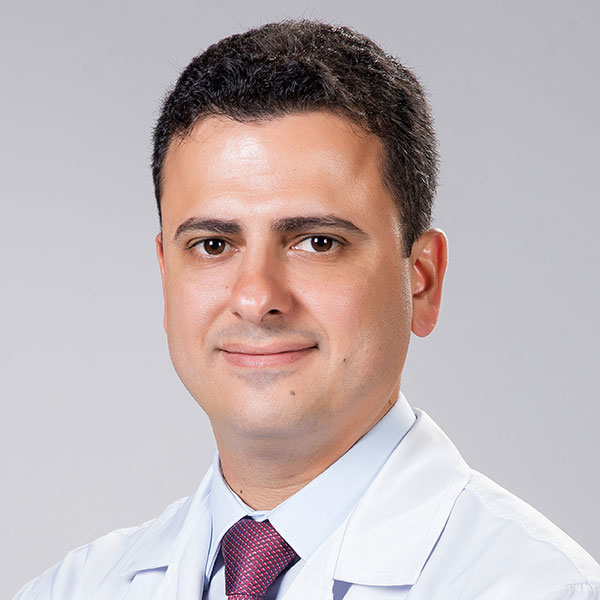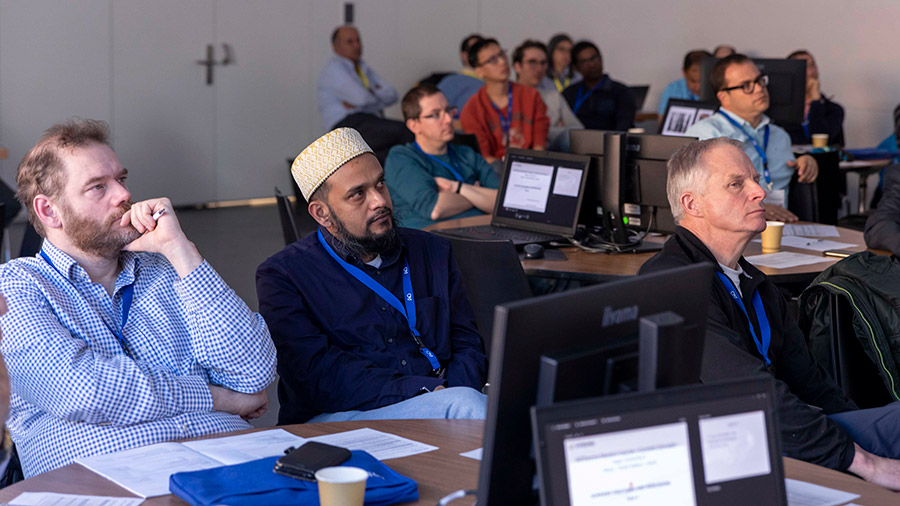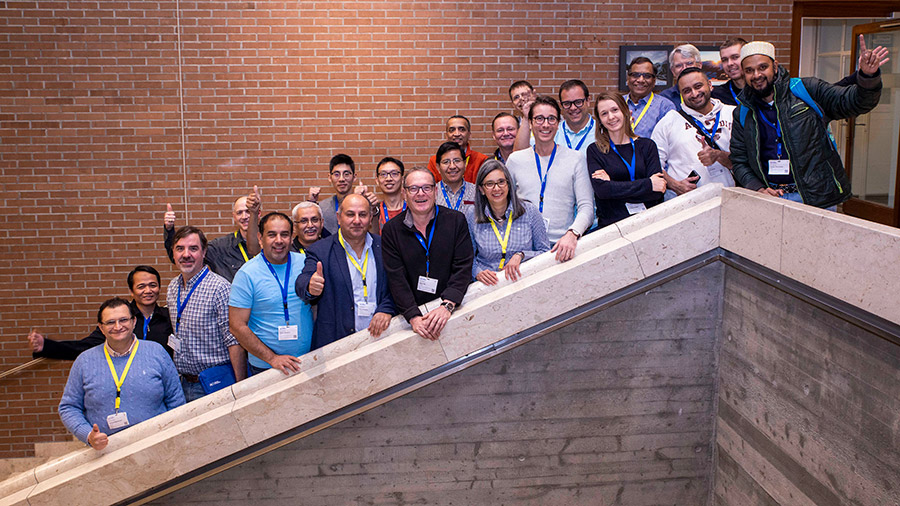AO Trauma Masters Course—Lower Extremity Trauma
The curriculum provides a modular framework for teaching the current management of patient problems related to trauma of the lower limb, discussed in a highly interactive setting. It covers fractures and soft-tissue injuries from the femoral head and neck to the ankle as well as joint injuries and dislocations (the acute trauma phase and the posttraumatic sequelae such as malunion, nonunion, infection, etc).
The high level of interactivity is built-in to the module structures in all of the defined educational events. A combination of evidence-based lectures, small-group case discussions, and dissection and fixation procedures on anatomical specimens will be used to deliver the content to improve knowledge and skills in the key surgical techniques and in related care for a truly hands-on experiential learning experience.
Participants should also have completed the AO Trauma Course—Advanced Principles of Fracture Management.
Why you should choose this course
Top national, regional, and international faculty
3-4 days in duration
For surgeons who already treat lower extremity trauma fractures
Network with colleagues from all over the world
CME credits
Course content
-
Course modules
- Module 1: Femoral head and neck
- Module 2: Trochanter
- Module 3: Femoral Shaft
- Module 4: Distal Femur
- Module 5: Knee
- Module 6: Proximal Tibia
- Module 7: Tibial Shaft
- Module 8: Distal Tibia and Pilon
- Module 9: Ankle
-
Small group discussions
- Femoral head and neck
- Trochanter
- Femoral Shaft
- Distal Femur
- Knee
- Proximal Tibia
- Tibial Shaft
- Distal Tibia and Pilon
- Ankle
-
Anatomical Specimen Workshops
Anterior approaches
- Hip
- Distal femur
- Subvastus approach to the distal femur, including approach to medial femoral condyle
- Anterolateral approach to the tibial plateau with lateral femoral condyle osteotomy
Posterior approaches
- Posterolateral approach to the hip joint
- Tibial plateau approach: posterolateral (with fibular osteotomy)
- Tibial plateau approach: direct posterior
- Posteromedial and posterolateral approaches to the distal tibia
Course details may be subject to change. Please check your chosen date and location for the detailed program.
Target audience
- Orthopedic and trauma surgeons with at least 3 years of post-residency experience who want to develop expertise in lower extremity fracture care.
- Surgeons with many years of experience who want to update their knowledge.
Competencies
The curriculum is based upon 9 competencies:
- Manage immediate problems (life- and limb-threatening issues) related to trauma of the lower limb
- Assess the patient, order imaging, and document and interpret the findings
- Make the diagnosis for fractures and associated injuries to the hip, femur, knee, tibia, and ankle
- Communicate with the patient and family/relatives
- Define a treatment plan and timing based on the options and the patient
- Anticipate, address, and avoid problems and complications (nonunion, malunion, deformity, infection, etc)
- Organize and communicate common objectives and planning with healthcare team
- Perform the operative or nonoperative procedures for metaphyseal, diaphyseal, and open fractures
- Plan immediate and long-term postoperative care, and assess outcomes
What does competency-based curriculum development mean?
Resources
AO Surgery Reference
Explore the award-winning online repository for surgical knowledge, describing the complete management process from diagnosis to aftercare for fractures in a given anatomical region.
Lower extremity education taskforce

Lisa Blackrick (US)
Term: 2022–2027

Robinson Esteves (BR)
Term: 2022–2026

Sohail Muzammil (Pakistan)
Term: 2026–2028
See a full list of all regional program contributors and past international program editors.
Not the right course?
Find our list of all curricula courses here.





